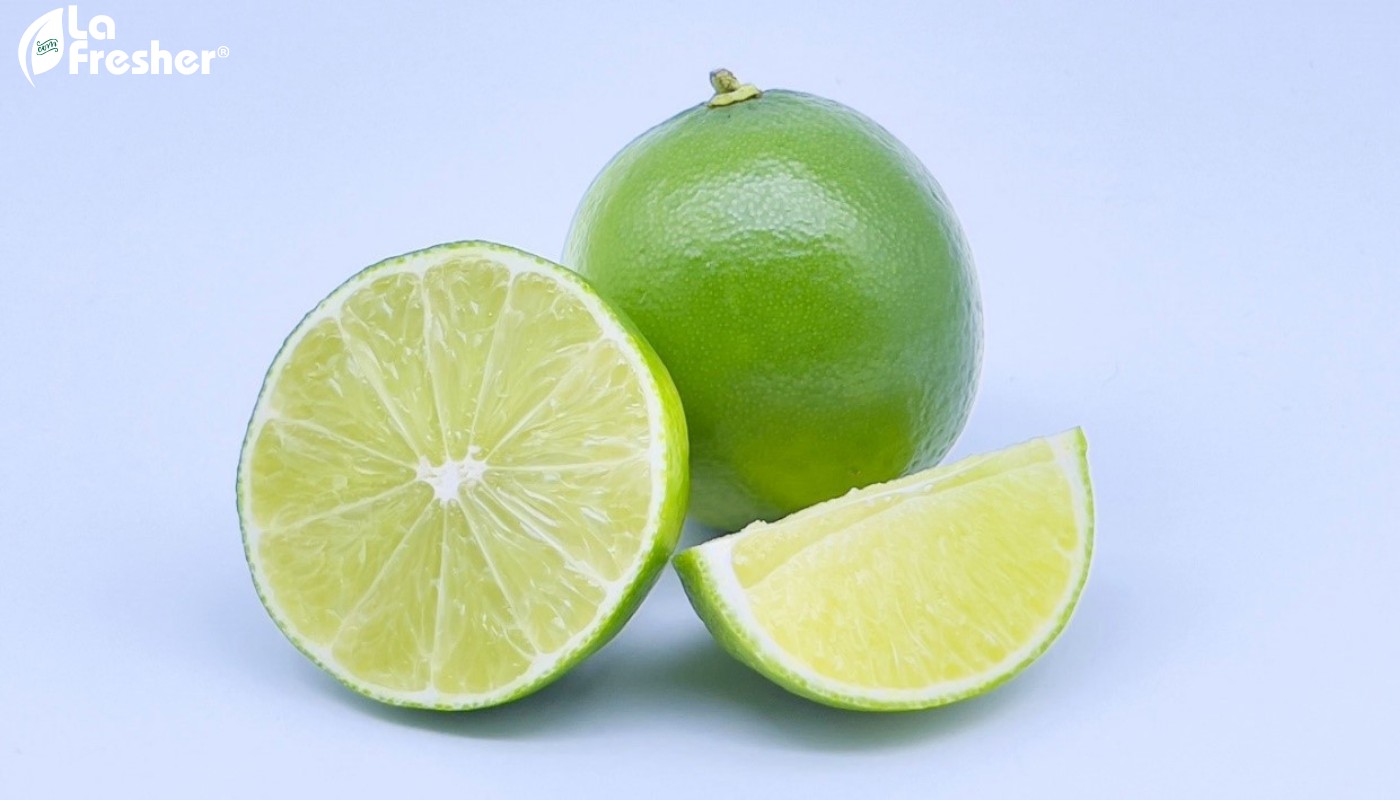The period from 2020 to 2024 has been pivotal for Vietnam’s lime export sector, a dynamic journey shaped by unprecedented global events, strategic national policy shifts, and significant advancements within the agricultural supply chain. As we stand in mid-2025, the trajectory continues to evolve, presenting both new opportunities and persistent challenges. La Fresher offers an expert analysis of this five-year span, culminating in our projections for the current year.
The Landscape: 2020-2022 – Navigating Initial Disruptions and Building Resilience
The early part of this period was dominated by the profound impact of the COVID-19 pandemic. While global trade experienced severe disruptions, Vietnam’s agricultural sector, including limes, demonstrated remarkable resilience.
- Supply Chain Resilience: Despite lockdowns and logistical bottlenecks, Vietnamese lime producers, particularly in key regions like Long An, maintained consistent supply to international markets. This was partly due to the decentralized nature of farming and the dedication of local communities.
- Initial Digital Adoption: The pandemic accelerated the necessity for digital communication and streamlined processes. While not yet fully mature, the initial push towards online platforms for order management and communication began to take root.
- Established Markets: Exports remained heavily reliant on traditional markets, primarily the Middle East (UAE being a consistent frontrunner), the Netherlands (as a European distribution hub), and regional partners in Southeast Asia. Export volume saw healthy growth, reaching impressive figures in 2022 (e.g., 49.13 million kg valued at USD 45.09 million).
- Growing Quality Awareness: The importance of VietGAP and initial GlobalGAP certifications started to gain more prominence, signaling a burgeoning awareness of international quality requirements.
The Evolution: 2023-2024 – Strategic Refinement and Diversification
The post-pandemic recovery ushered in a period of strategic refinement, focusing on sustainability, diversification, and technological integration.
- Heightened Quality & Traceability Mandates: GlobalGAP moved from being an advantage to a near-mandatory requirement for discerning markets. Provinces like Long An significantly expanded their certified areas, implementing robust growing area and packing facility codes to ensure comprehensive traceability. This was driven by increasing demands from European and North American importers.
- Accelerated Market Diversification: A deliberate, government-backed push to reduce over-reliance on a few key markets gained momentum. FTAs like the EVFTA and CPTPP were increasingly leveraged to access new, higher-value markets in Europe (beyond the Netherlands, into the UK, Germany, and Scandinavia) and North America (Canada). Efforts were also noted to explore nascent markets in Africa and Latin America.
- Investment in Post-Harvest Technology: There was a discernible increase in investment in cold chain logistics, improved packaging technologies (e.g., modified atmosphere packaging), and pre-cooling facilities to extend shelf life and maintain fruit quality over longer transit times. This reduced spoilage and enhanced market appeal.
- Value-Added Products Emerge: While fresh limes remained dominant, the exploration of value-added products (e.g., dried lime, lime juice concentrates, lime powder) began to gain traction. This strategy aimed to mitigate risks associated with fresh produce price volatility and maximize returns from the entire crop.
- Climate Change Awareness: The impacts of climate change, such as salinity intrusion in the Mekong Delta and unpredictable weather patterns, became more pronounced. This spurred greater focus on climate-resilient farming practices and sustainable resource management, although widespread implementation remained a long-term goal.
The Present: 2025 – Opportunities, Challenges, and a Forward Trajectory
As we delve into 2025, Vietnam’s lime export sector is positioned for continued growth, albeit within a complex global environment. The momentum from 2024, which saw agricultural, forestry, and fishery exports reach a record value of US$62.5 billion, is expected to carry forward.
- Continued Export Growth: Early indicators for 2025 suggest a strong start for Vietnam’s overall agricultural exports, including limes. The government’s continued prioritization of agricultural stability and export expansion, coupled with ongoing trade promotion efforts, bodes well.
- Market Deepening: While diversification continues, 2025 will likely see a deepening of relationships within newly established markets. For Long An, this means strengthening direct trade channels and building brand recognition for its “Ben Luc – Long An seedless limes.”
- Sustainability as a Core Tenet: Sustainability is no longer a niche concept but a core element of market access. European regulations regarding carbon footprint and due diligence in supply chains will increasingly influence sourcing decisions. Vietnamese lime exporters are adapting by enhancing eco-friendly practices and improving resource efficiency.
- Technological Sophistication: The adoption of smart farming techniques, data analytics for yield optimization, and further automation in sorting and packing processes is becoming more sophisticated. This improves efficiency and consistency, appealing to high-volume buyers.
- Persistent Challenges: Global economic uncertainties, fluctuating freight costs, and increasing competition from other lime-producing nations remain constant challenges. Furthermore, the long-term impacts of climate change, including water management and adapting to extreme weather events, continue to be significant concerns for production stability in regions like the Mekong Delta.
- Governmental Support: The Vietnamese government’s ongoing restructuring of the agricultural sector, alignment with market demands, traceability requirements, and green economy principles, provides a strong supportive framework for exporters.
The journey from 2020 to 2025 for Vietnam’s lime exports has been one of significant maturation and strategic adaptation. The emphasis has shifted from simply exporting volume to delivering value, quality, and sustainability in a globally integrated market. Long An province, with its proactive approach to quality and technology, remains at the forefront of this evolution.
For global buyers seeking Vietnam’s finest limes, particularly the high-quality, certified produce from Long An, the team at La Fresher possesses the expertise and network to facilitate your sourcing needs.
Contact us today to ensure your supply chain benefits from Vietnam’s commitment to excellence in fresh produce.




